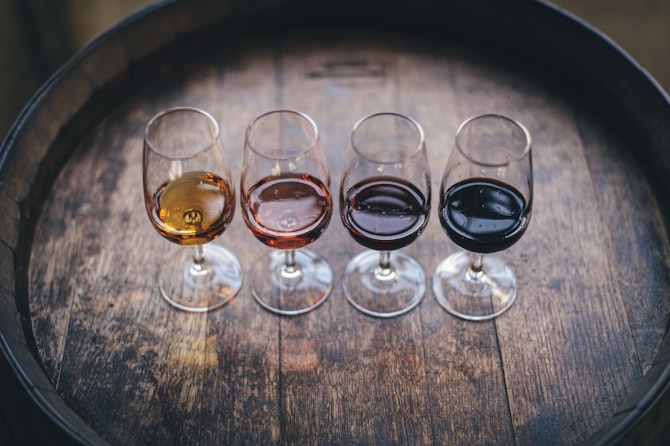Do you know the difference between the myriad of little green labels that denote “organic” on the wine shelf? Have you noticed that it says “wine made from organic grapes” on the bottle at Systembolaget or Tesco - what does that mean? The labeling for certified Organic wine has long confused both the industry and the consumers - particularly since EU regulations have not allowed for “organic wine” but rather only for “wine made from organic grapes”. In the US, both categories available and countries like Australia, South Africa and Chile has had regulatory frameworks for “organic wine” in place for years.
In February of this year, the European commission finally followed suit and announced a new set of rules, replacing “wine made from...” with “organic wine”. With this change comes the required use of the new EU label for organic - a leaf surrounded by stars. It may not immediately alleviate the confusion of consumers who have already grown accustomed to the French “AB”-label, the Eco-Cert label, or the Swedish KRAV label. However, now at least the whole process from grape through wine-making are covered in the regulations instead of solely the farming.
Though a welcomed initiative, many organic grape growers consider the new rulings a bit too relaxed. The bar has not been set all too high. Sulfite levels, primarily, are discussed. Though they must be lower than in conventional wine, it is only to the level of 30-50 mg below conventional wines (which range between 150 and 200 mg/l depending on the type of wine). The new regulations are neither particularly strict on additives, nor do they require any disclosure of the practices or additives beyond those required in the certification process.
On the US market, no added sulfites are allowed in the “organic wine” category. On the one hand, it is arguable that this regulation by the US has kept the category limited, as it reduces stability for many producers and limits shipping potential. It might also be a key reason behind the broadly held US consumer view that organic wine (the only one of the two categories to display the green Organic seal) is generally poor tasting. On the other hand, it might cater more to the proponents of removing sulfites in wine including some “natural wine” lovers and those (correctly or not) afraid of sulfites for health reasons. Personally, I would have preferred a happy medium in the EU - a stronger reduction but still at the levels which most producers can handle. Around 50 mg/l could have proven an interesting middle ground.
The EU-US disparity shouldn’t bother the EU consumer much, but is likely to be a point of discussion for the industry. Oh well, as long as the wine is good and the practices increasingly sustainable, I will not complain. Well, I might. But it IS a step in the right direction. Now perhaps we can focus on re-working the rules for organic grape growing.
The new rules will apply from the 2012 harvest (or, more precisely, August 1st 2012), and since they can be applied retrospectively to wines from the 2011 harvest, we should expect to see the first bottles with the label on the shelves during the coming fall.
Cheers to that.











